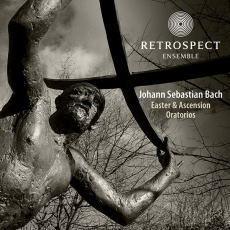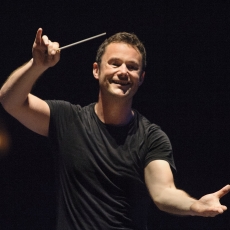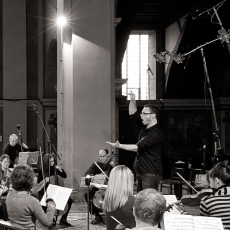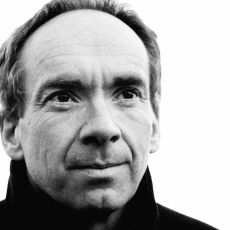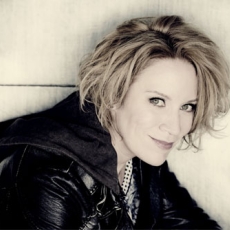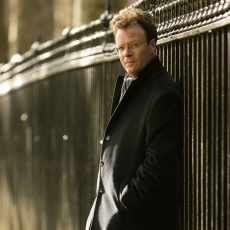Retrospect Ensemble - Bach Oratorios - Audio Video Club of Atlanta
J. S. Bach's Easter and Ascension Oratorios (BWV 249 and BWV11) are given appropriate performances by the Retrospect Ensemble under director, Matthew Halls. Lest that sound like damning this fine new Linn release with faint praise, let me add that the affekt, the particular expression given to each recitative, aria, duet or chorus is very much the name of the game when you're talking about Bach's sacred music. The rise or fall of a phrase within a larger measure may symbolize despondency, patient suffering, introspection, anticipation, or boundless joy. That may serve to explain in part how Bach was able to re-use music he had originally employed for secular purposes in order to construct these two monuments to the joy that believers are supposed to derive from Christ's resurrection and ascension into Heaven.
One of the first things you notice about the Easter Oratorio is that there is no evangelist-narrator and no tragic music that might be associated with Jesus' death. This is clearly not a Passion - Bach left us four examples of that type of sacred work - but instead an expression of longing that we confidently expect to end in joy. The music of the Sinfonia, the following Adagio, and the opening Chorus might in another context constitute an instrumental concerto. The work is festively scored for 3 trumpets, timpani, 2 oboes, bassoon, 2 recorders, 2 transverse flutes, strings, and basso continuo (here realized by double bass and organ).From the opening chorus Kommt, eilet und laufet (Come, hasten and run), the mood is affirmative. As Dr. Nia Lewis observes in her excellent booklet notes, circular images conveyed by Bach's setting of the soprano aria Seele, deine Spezereien (Soul, your spices should consist no more of Myrrh) and the rising and falling patterns in the accompanying flute, convey positive concepts to the listener: eternity, infinity, union with God. The tenor aria Sanfte soll mein Todeskummer (Soft shall my final agony be, just a slumber) is another remarkable highlight here. Accompanied by ebbing recorders, muted violins, and a softly thrumming bass line, it sounds like the secular lullaby that it probably was originally.
The Ascension Oratorio depends for its success on the tension between joy at the risen Christ and the sad reflection that we will see him no more on earth, with the corresponding affekt created by rising and falling figurations in the music. The festive opening chorus Lobet Gott in seinen Reichen (Praise God in his kingdoms), based on music that originally supplied one of Bach's wedding cantatas, would probably be the highlight here were it not for the remarkable soprano aria Jesu, dein Gnadenblicke (Jesus, I behold thy looks of mercy) which is one of the few instances when Bach ever left out the bass line (basso continuo). In its absence, the two unison flutes, the oboe and the strings constitute a trio. Augmented to a quartet by the singer, the impression is that of heavenly beauty without earthly weight - a truly wonderful moment.
All the solo vocalists, soprano Carolyn Sampson, counter-tenor Iestyn Davies, tenor James Gilchrist, and bass Peter Harvey, give excellent accounts of themselves throughout this album. Special recognition for Davies, who, cast as he is in the alto part, carries much of the narrative and theological weight of both works for long stretches but is seldom rewarded, as he is in Ach, bleibe doch, mein liebstes leben (Ah stay, my dearest life) in BWV11, with a memorable aria of his own.
